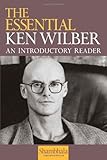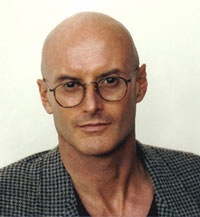Mystical Experience and “Peak” Experience
Anyone who has ever had a mystical experience or even a profound “peak” experience, even if it only lasted for a a few seconds, is utterly changed by it.
We are going to have a few things to say about the clear differences between mystical and psychotic experiences, but I just came across this piece in this book by Ken Wilber:

“The Essential Ken Wilber: An Introductory Reader.” (Ken Wilber) I admire Ken’s work greatly. Even when I don’t agree with him!
“Direct experience decisively answers the nagging questions inherent in faith. There are usually two phases of direct experience; peak experiences and plateau experiences.
Peak experiences are relatively brief, usually intense, often unbidden, and frequently life-changing. They are actually “peak experiences” into the transpersonal, supramental levels of one’s own higher potentials.
Psychic peak experiences are a glimpse into nature mysticism (gross-level oneness); subtle peak experiences are a glimpse into deity mysticism (subtle-level oneness); casual peak experiences are a glimpse into emptiness (casual-level oneness); and nondual peak experiences are a glimpse into One Taste. As Roger Walsh has pointed out, the higher the level of the peak experience, the rarer it is. . . .
Whereas peak experiences are usually of brief duration—a few minutes to a few hours—plateau experiences are more constant and enduring, verging on becoming a permanent adaptation. Whereas peak experiences can, and usually do, come spontaneously, in order to sustain them and turn them from a peak into a plateau—from a brief altered state into a more enduring trait—prolonged practice is required. Whereas almost anybody, at any time, at any age, can have a brief peak experience, I know of few bona fide cases of plateau experiences that did not involve years of sustained spiritual practice.”
Ken Wilber (American Philosopher, 1949-)







